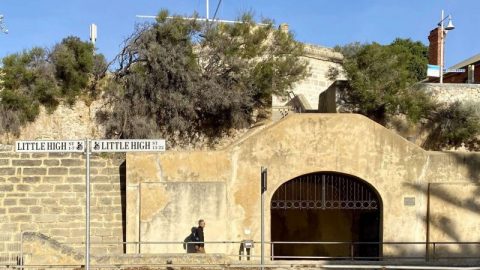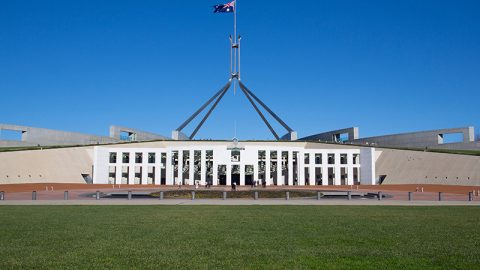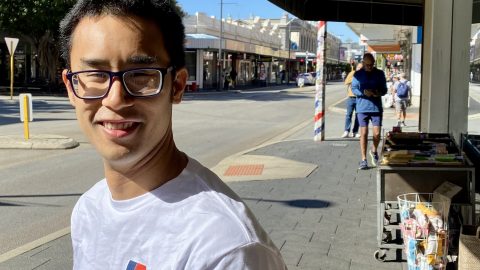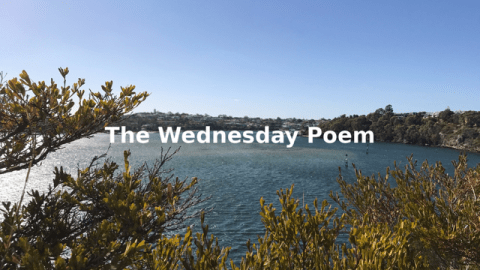Miguel Gomes’ Grand Tour is an epic, a film made for those who love epics, and for those who love discussing them nearly ad nauseam. Not surprisingly, it’s done the rounds of the big festivals and won heaps of praise and awards.
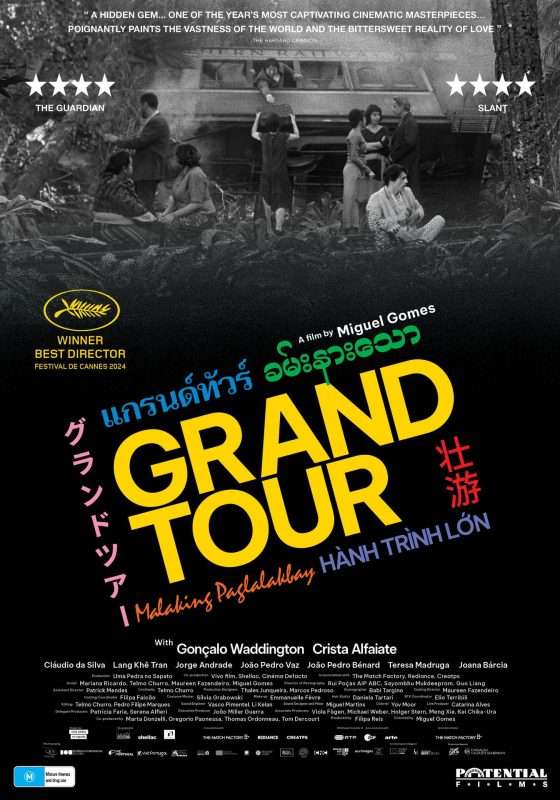
One early review of Grand Tour carried the header, Grand Tour’ Review: Miguel Gomes’ Dreamy, Delirious Time-Swirling Travelogue Through East and Southeast Asia.
Well, some might think it’s a travelogue, and it is of sorts. If you are old enough you spy landmarks like the Raffles in old Singapore, the Hotel Continental in old Saigon, and the Peace Hotel on The Bund in old Shanghai.
But make no mistake, to label Grand Tour a travelogue would be about as accurate as labelling James Joyce’s Ulysses a Dublin tour guide. A long way off the mark.
Rather, like Joyce, and many others seeking literary inspiration over the centuries, Miguel Gomes has Homer’s Odyssey in mind. While Homer’s poem came in living spoken colour, Gomes sets his version in the early 20th century, around 1918, mostly in black and white film – but occasionally it lapses forward to more contemporary settings, with modern motor vehicles and dashes of colour. And to confuse the film goer further, so much of the language the actors speak seems to be Portuguese!
You’ll recall that Homer’s Odyssey recounts the ten-year journey of Odysseus as he tries to return home to Ithaca after the Trojan War. It begins in the middle of things with Odysseus trapped on the island of Ogygia, held captive by the nymph Calypso. Meanwhile, in Ithaca, his wife Penelope fends off 100 or more persistent suitors vying for her hand, and his son Telemachus embarks on a journey to seek news of his father.
Odysseus’s journey is marked by a series of trials orchestrated by gods, monsters, and mortals. These include encounters with the Cyclops Polyphemus, the enchantress Circe, the Sirens, and a descent into the Underworld. He is guided and hindered by gods like Athena, who aids him, and Poseidon, who seeks vengeance for the blinding of Polyphemus.
After overcoming numerous obstacles, Odysseus finally returns to Ithaca in disguise. With Athena’s help, he reunites with Telemachus and devises a plan to defeat Penelope’s suitors. In a dramatic climax, Odysseus reveals his identity and slaughters the suitors, reclaiming his home and reuniting with Penelope.
The Odyssey is celebrated for its exploration of human resilience and ingenuity, as well as its intricate narrative structure, blending adventure, domestic drama, and divine intervention into a timeless tale of homecoming and identity.
Joyce’s Ulysses, not entirely dissimilarly, follows the lives of three main characters – Leopold Bloom, a Jewish advertising canvasser; Stephen Dedalus, a young artist and teacher; and Molly Bloom, Leopold’s wife – through a series of loosely connected episodes mirroring Homer’s Odyssey. The novel also explores themes of identity, love, betrayal, and the mundane heroism of ordinary life.
Joyce’s central plotline follows Leopold Bloom as he wanders through Dublin, grappling with his wife’s infidelity and his outsider status. Stephen Dedalus wrestles with his artistic aspirations, guilt, and estrangement from his family. Their paths eventually intersect, with Bloom acting as a surrogate father figure to Stephen.
The novel culminates in Molly Bloom’s famous soliloquy, a stream-of-consciousness meditation on love, memory, and sexuality, which ends on an affirmative note with the word “Yes.” Molly’s soliloquy, as it happens is inspired by Leopold talking about eggs. Yes, eggs. And did I mention Joyce’s Molly is an Opera Singer?
Ulysses is celebrated for its linguistic innovation, deep psychological insights, and rich evocation of everyday life, while also challenging readers with its complexity and allusions.
So, phew, enter: Grand Tour! This is exactly what Gomes does in the film, with aplomb.
If you are looking for Homer’s Odysseus or Joyce’s Leopold, you meet Edward instead. And if you’re looking for Penelope or Molly, you need go no further. She’s Molly here too. And Gomes’s Molly, like Joyce’s, is a singer too. And Gomes, not leaving any hints to chance, even splices an over-egged eggs scene into the celluloid narrative! (Not to mention a self-indulgent placement of a bottle of San Miguel beer.) But true to Homer, and not to Joyce, Gomes’ Molly is as faithful as Penelope. And much like Penelope’s son Telemachus, who has embarked on a search for his missing father, Gomes’ Molly chooses not to stay put but to follow Edward every step to the ends of the earth to consummate their betrothal.
As these stills show, on his odyssey Edward, among other challenges and experiences, suffers a train derailment disaster.
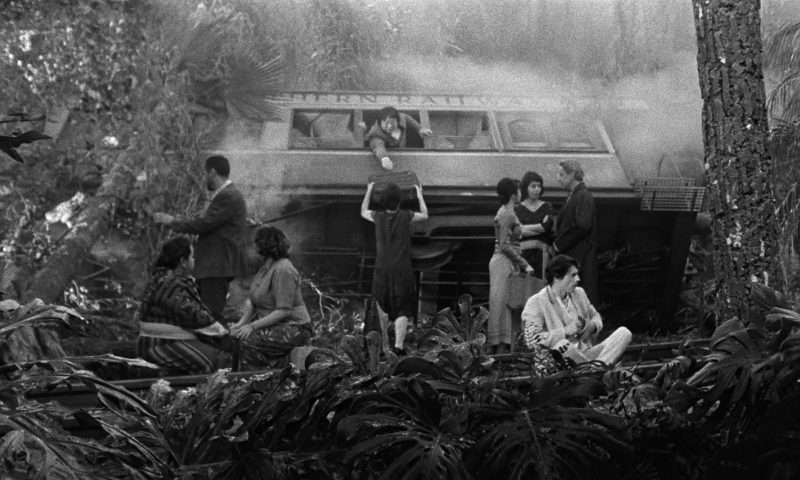
Is led through a strange underworldly forest on a strange small pony.
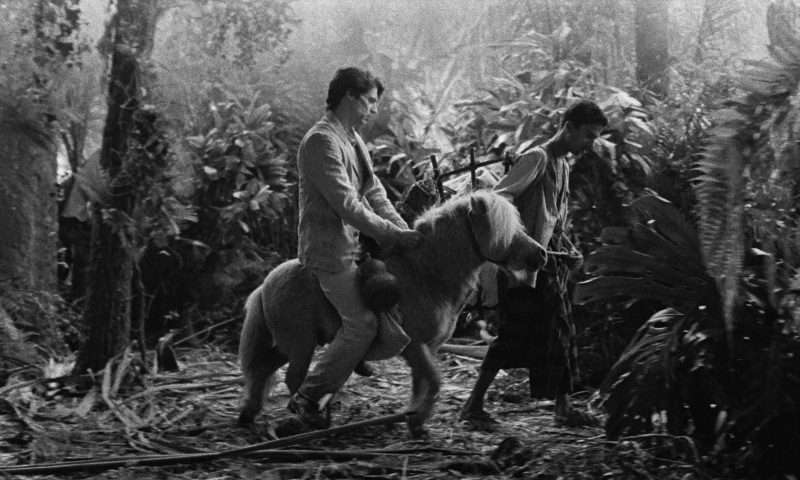
Seeks wisdom.
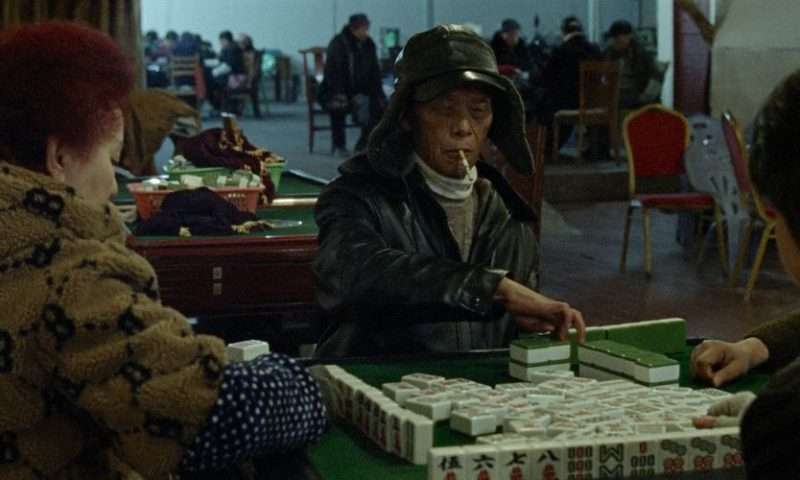
And what of Molly, Sweet Molly?
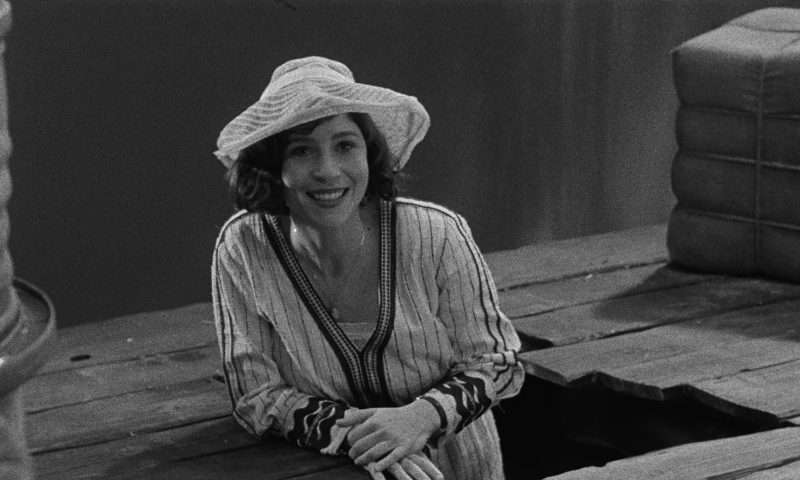
Well, in the second half of the film, she is determined to do and experience all the above for herself – Gomes’ feminist adaptation of Homer perhaps?
The real wonder of the film though is how it disrupts temporal and spatial logic in the way that memory, imagination and dreams do, and demands a different kind of attention by the viewer, one that allows strangeness and difference to be observed without the need to explain or understand.
As strange, beautiful, frustrating and intriguing as Grand Tour is, in equal parts and often all at once, you won’t want to stop talking about the film once you’ve seen it.
And one suspects you will also want someone to read Homer to you, out loud, once you’ve finished talking about it. Maybe Ulysses too.
Like Ulysses, Grand Tour is bound to be celebrated for its cinematic innovation, psychological insights, and rich evocation of everyday life, while also challenging readers with its complexity and allusions.
And if you ever do work out the egg scene, please share!
GRAND TOUR opens at the Perth Festival next week, from the 3-9 March at the UWA Somerville.
* By Michael Barker, Editor, Fremantle Shipping News
~~~~~~~~~~~~~~~~~~~~~~~~~~~~~~~~~~~~~~~~
** If you’d like to COMMENT on this or any of our stories, don’t hesitate to email our Editor.
*** WHILE YOU’RE HERE –
PLEASE HELP US TO GROW FREMANTLE SHIPPING NEWS
FSN is a reader-supported, volunteer-assisted online magazine all about Fremantle. Thanks for helping to keep FSN keeping on!
**** Don’t forget to SUBSCRIBE to receive your free copy of The Weekly Edition of the Shipping News each Friday!
*****AND Shipees, here’s how to ORDER YOUR FSN MERCH. Fabulous Tees with great options!

